Technology
Current Trends in Truck Driving: Navigating the Road to Success
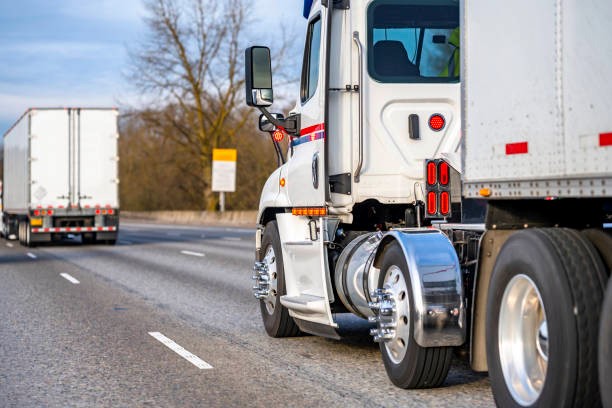
The trucking industry is crucial in keeping our economy moving in today’s fast-paced world. As technology advances and new regulations are implemented, the field of truck driving is experiencing significant changes.
This article explores the current trends in truck driving, highlighting the emerging practices, challenges, and opportunities that professionals in this industry should be aware of. Whether you are an experienced truck driver or aspiring to join this profession, understanding these trends will help you stay ahead and ensure a successful career on the open road.
The Rise of Electric Trucks
Electric trucks have gained significant attention as the world seeks sustainable alternatives to traditional fuel sources. These vehicles run on electricity, reducing carbon emissions and operating costs.
Now, they may look different, as Ford’s electric truck (which, oddly enough, won the 2019 International Truck of the Year Award) does.
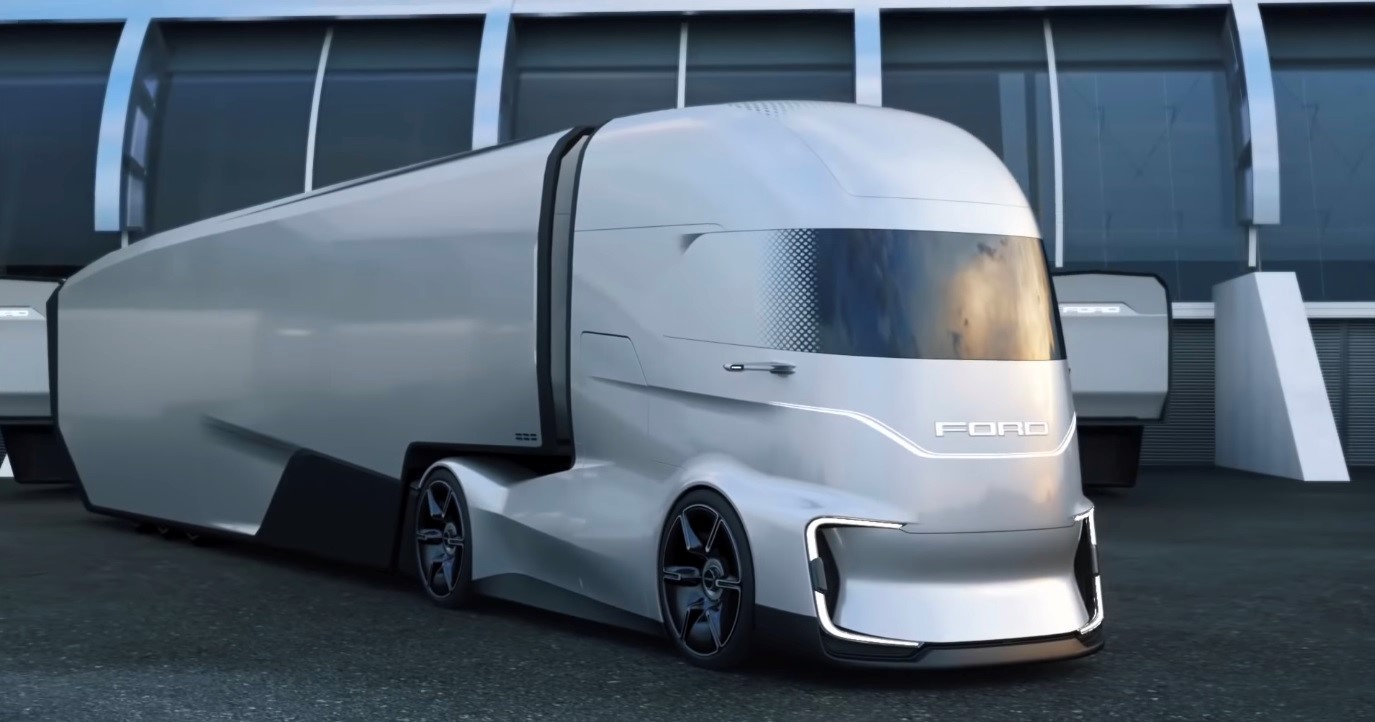
With advancements in battery technology, electric trucks can now travel longer distances without recharging. Companies like Tesla and Rivian are leading the way in producing electric trucks with impressive capabilities. As the charging infrastructure continues to expand, we can expect to see more electric trucks on the road in the coming years.
Autonomous Vehicles: A Glimpse into the Future
Autonomous vehicles have the potential to revolutionize the trucking industry. While fully self-driving trucks are not yet widely adopted, major players like Waymo and TuSimple are extensively testing and refining their autonomous technologies.
Check out this video from NBC to see how these vehicles are already on the road in Phoenix, AZ.
These vehicles offer increased safety, reduced driver fatigue, and improved efficiency. However, integrating autonomous trucks into mainstream operations will require overcoming regulatory and infrastructure challenges.
E-Commerce Boom and Last-Mile Delivery
The growth of e-commerce has significantly impacted the trucking industry. With more consumers shopping online, there has been a surge in demand for last-mile delivery services. Last-mile delivery involves transporting goods from distribution centers to the final destination, often in urban areas.
This trend has created new opportunities for truck drivers specializing in urban logistics. As the e-commerce market expands, truck drivers skilled in last-mile delivery will be in high demand.
Green Initiatives and Sustainability Efforts
Environmental sustainability has become a top priority across industries, including trucking. Many companies are implementing green initiatives to reduce their carbon footprint.
This includes adopting alternative fuels like natural gas and hydrogen and promoting fuel-efficient driving practices.
Truck drivers knowledgeable about sustainable operations and embracing eco-friendly practices will be well-positioned in the evolving industry.
Advanced Safety Features and Driver Assistance Systems
Safety remains a paramount concern in the trucking industry. Trucks now come equipped with advanced safety features and driver assistance systems to mitigate accidents and enhance driver safety.
These technologies include adaptive cruise control, lane departure warning, and automatic emergency braking. Truck drivers should stay updated with the latest safety advancements and receive proper training to leverage these features effectively.
Drivers are taught new and unique ways to avoid common rookie driver mistakes to ensure everyone is safe on the roads. Proper training now considers the vast array of road conditions that truckers will be expected to deal with, ranging from inclement weather, wildlife crossing, and various other issues.
The Impact of Data and Analytics
Data and analytics are transforming the way the trucking industry operates. Through telematics systems and onboard sensors, trucking companies can collect valuable data on fuel efficiency, vehicle maintenance, and driver behavior.
Analyzing this data helps optimize operations, reduce costs, and enhance efficiency. Truck drivers who can interpret and utilize this data effectively will be sought after by companies aiming to improve their performance.
Truck Platooning: Enhancing Efficiency and Safety
Truck platooning involves a group of trucks traveling in close proximity, connected by wireless communication. This technique improves fuel efficiency and reduces wind resistance, resulting in cost savings for trucking companies.
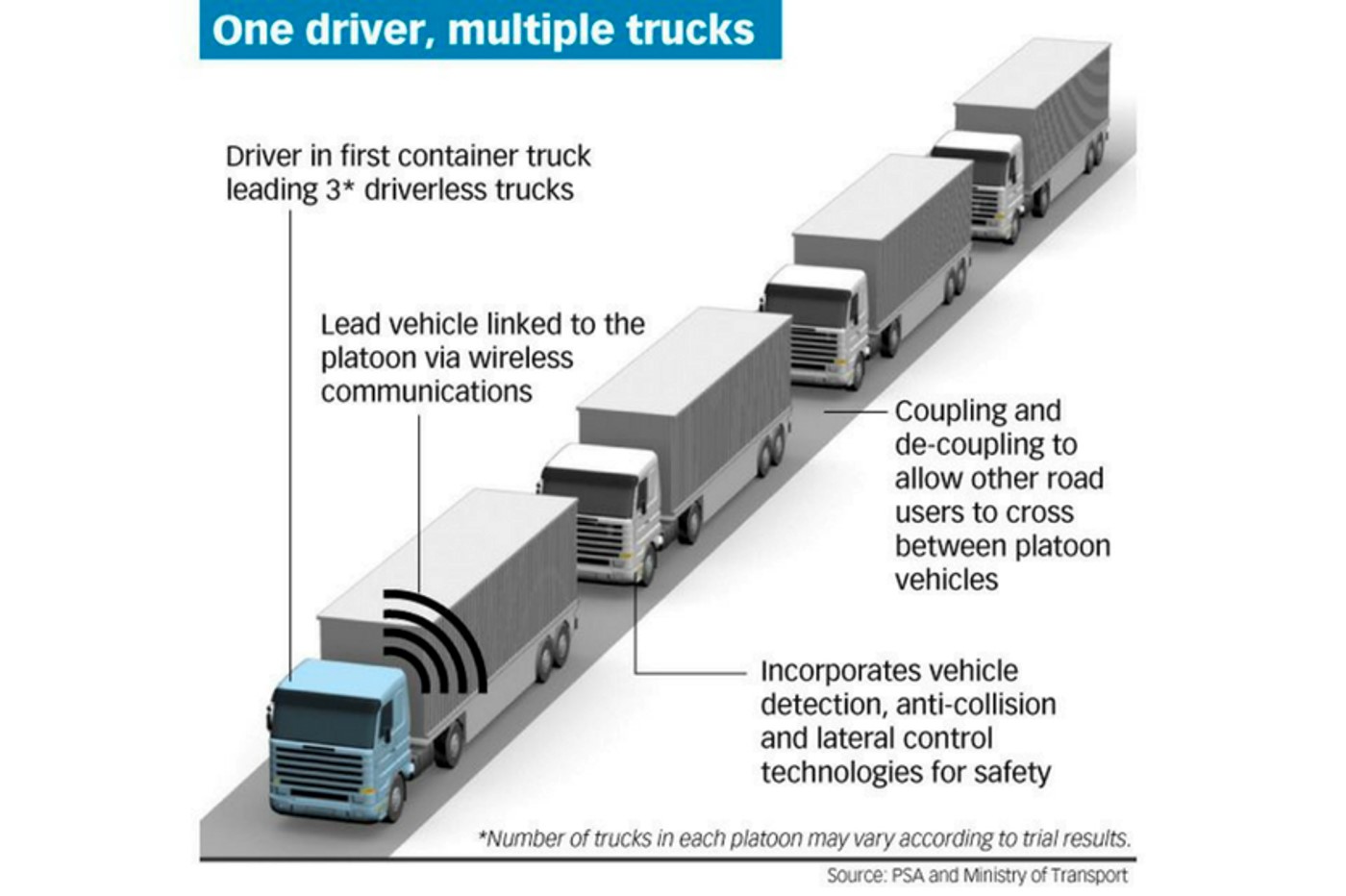
Image Source : https://www.labroots.com/trending/chemistry-and-physics/7405/band-semi-trailers-truck-platooning
Moreover, platooning enables enhanced safety through synchronized braking and acceleration. As truck platooning gains traction, truck drivers must develop the necessary skills to operate in platoons effectively.
Adapting to Changing Regulations
Regulations in the trucking industry continue to evolve to address safety, environmental, and labor concerns. Truck drivers must stay informed and comply with these changing regulations to avoid penalties and maintain their professional standing. Key focus areas include hours-of-service regulations, electronic logging devices (ELDs), and compliance with emission standards.
Driver Shortage and Retention Strategies
The trucking industry is currently facing a significant driver shortage. This shortage is attributed to various factors, including an aging workforce and the demanding nature of the job.
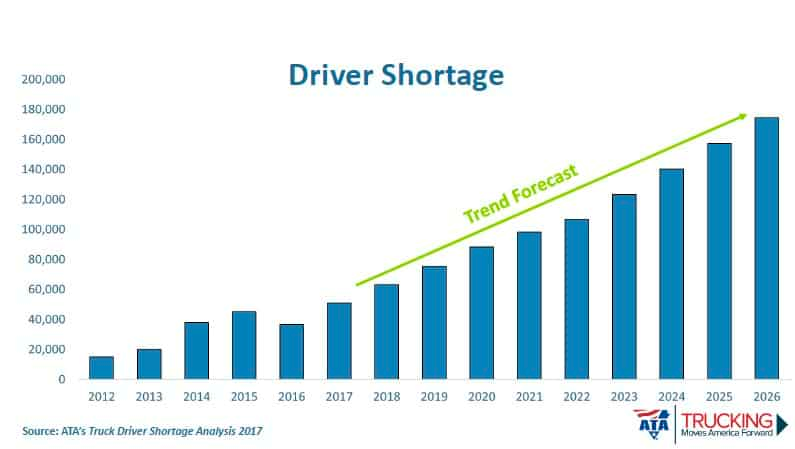
Image Source: https://www.freightwaves.com/wp-content/uploads/2018/04/atagraphic1-1.jpg
Trucking companies are implementing retention strategies to attract and retain talented drivers to combat this issue. These strategies may include improved compensation packages, enhanced work-life balance, and career development opportunities.
Enhancing Driver Well-being on the Road
Truck driving can be physically and mentally demanding, often involving long hours on the road. Ensuring driver well-being is crucial for maintaining a healthy and productive workforce. Companies are investing in amenities like comfortable sleeping quarters, exercise facilities, and healthy meal options at truck stops.
Additionally, providing access to mental health resources and promoting a supportive work culture is essential for supporting the well-being of truck drivers.
Addressing Mental Health Challenges
The isolation and stress associated with long-haul trucking can affect a driver’s mental health.
Recognizing this, the industry increasingly focuses on mental health support for truck drivers. Initiatives like counseling services, peer support networks, and awareness campaigns are being implemented to address mental health challenges.
Open dialogue and resources for mental well-being will be critical in creating a healthier and happier trucking workforce.
Leveraging Technology for Efficient Route Planning
Efficient route planning is essential for optimizing fuel consumption and reducing delivery times. With the advent of GPS navigation systems and route optimization software, truck drivers can plan their journeys more effectively.
These technologies provide real-time traffic updates, suggest alternate routes, and factor in variables like fuel prices and weather conditions. Truck drivers who master these tools can save time and fuel and improve productivity.
The Importance of Continuous Training and Skill Development
Truck drivers must prioritize continuous training and skill development to thrive in the evolving trucking industry. Staying updated on new technologies, regulations, and best practices ensures a competitive edge.
Trucking companies may provide ongoing training programs to equip their drivers with the latest knowledge and skills. Taking advantage of these opportunities demonstrates a commitment to professional growth and positions truck drivers for long-term success.
Increasing Focus on Diversity and Inclusion
Diversity and inclusion have become essential topics across industries, and the trucking sector is no exception. Recognizing the benefits of a diverse workforce, companies are actively working towards creating more inclusive environments.
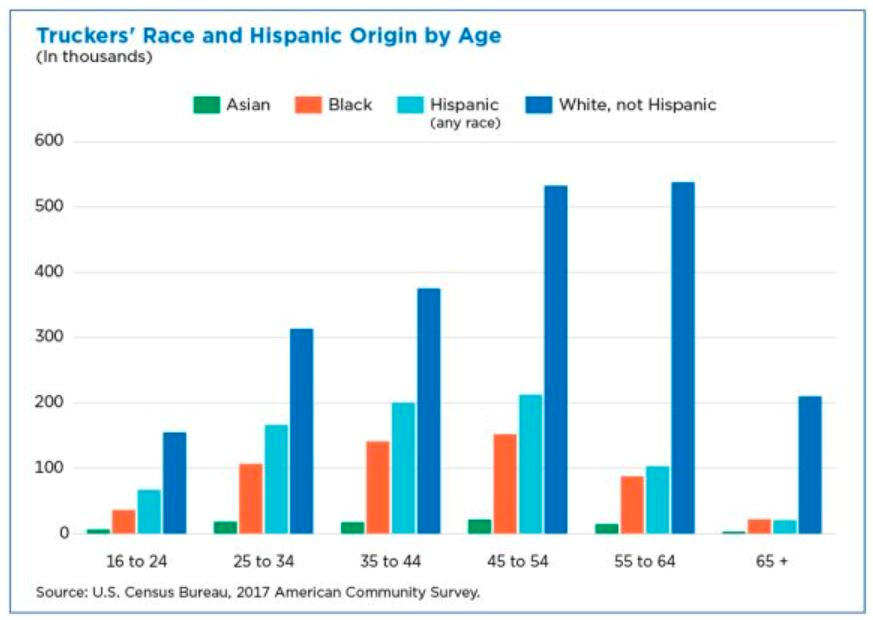
Image Source: https://hiring.drivemyway.com/employer-blog/how-to-promote-diversity-and-inclusion-in-the-trucking-industry/
Efforts include recruiting drivers from underrepresented groups, fostering equal opportunities, and promoting diversity in leadership roles. Embracing diversity strengthens the industry by leveraging broader perspectives and experiences.
Navigating the Gig Economy: Freelance Trucking Opportunities
The rise of the gig economy has opened up new possibilities for truck drivers seeking more flexibility in their work arrangements. Freelance trucking platforms connect drivers directly with shippers, allowing them to choose their assignments and schedules.
This model provides independence and control over work preferences. However, freelancers must carefully consider factors like insurance coverage and income stability when pursuing opportunities in the gig economy.
Conclusion
As the trucking industry evolves, staying informed about the current trends is vital for seasoned professionals and aspiring truck drivers. From the rise of electric trucks and autonomous vehicles to the increasing focus on driver well-being and sustainable practices, the industry presents a range of opportunities and challenges.
By adapting to these trends, investing in continuous learning, and embracing new technologies, truck drivers can navigate the road to success in this dynamic field.






















